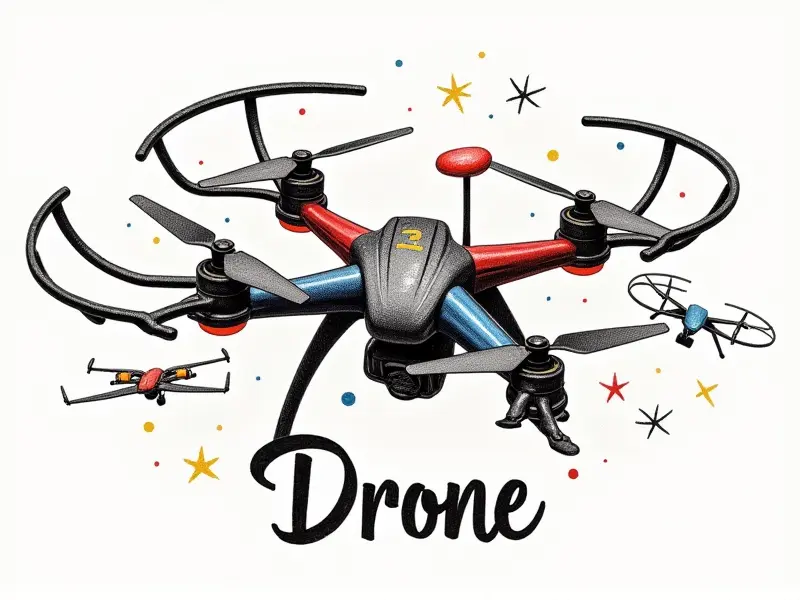What sensors are used in drones?

Essential Sensors for Drones Explained
Drones, also known as unmanned aerial vehicles (UAVs), are equipped with a variety of sensors to enhance their functionality and performance. These sensors enable drones to navigate accurately, maintain stability, capture high-quality data, and perform complex tasks autonomously.
Top Sensors Every Drone Needs
- GPS Module: Provides accurate location information for navigation and positioning.
- Inertial Measurement Unit (IMU): Measures acceleration, angular velocity, and orientation to maintain stability.
- Barometer: Monitors altitude changes by measuring air pressure.
- Magnetometer: Detects the Earth's magnetic field for heading determination.
- LIDAR (Light Detection and Ranging): Uses laser pulses to measure distance and create detailed 3D maps.
Understanding Drone Sensor Technology
The integration of advanced sensor technology is crucial in the development of modern drones. These sensors work together to provide real-time data that enhances flight performance, safety, and operational efficiency.
Must-Have Sensors for FPV Racing Drones
- Optical Flow Sensor: Detects ground movement relative to the drone's position for precise hovering and navigation.
- Camera: Provides real-time video feed to the pilot, enabling first-person view (FPV) racing.
Key Sensors for RC Quadcopter Flight
- Propeller Speed Sensor: Monitors propeller RPMs to maintain optimal flight speed and stability.
- Battery Voltage Monitor: Tracks battery levels to prevent unexpected power loss during critical missions.
Best Sensors for RC Helicopter Stability
- Tilt Sensor: Detects the tilt angle of the helicopter, allowing for precise control and stability in flight.
- Gyroscope: Measures angular velocity to maintain balance and orientation during complex maneuvers.
Critical Sensors in RC Airplanes
- Airspeed Sensor: Monitors airspeed for optimal performance and safety during flight.
- Thermometer: Measures ambient temperature to adjust settings based on environmental conditions.
How Drone Sensors Work Together
The synergy between different sensors is vital in achieving seamless drone operation. For instance, the GPS module provides location data while the IMU measures acceleration and orientation. The barometer helps maintain altitude control by measuring air pressure changes, ensuring stable flight.
The Role of GPS in Drone Navigation
- Positioning: Accurate positioning is crucial for navigation and mission planning.
- Waypoint Tracking: Enables drones to follow predefined routes with precision.
- Return-to-Home (RTH): Ensures safe return to the starting point in case of low battery or signal loss.
Sensor Technology in Drone Operations
The application of sensor technology extends beyond basic navigation and stability. Advanced sensors like LIDAR enable drones to create detailed 3D maps, which are invaluable for surveying, mapping, and inspection tasks.
Understanding Drone Stability with Sensors
- Inertial Measurement Unit (IMU): Combines accelerometers and gyroscopes to measure orientation and acceleration.
- Barometer: Maintains altitude stability by detecting changes in air pressure.
- Magnetometer: Provides heading information based on the Earth's magnetic field.
Conclusion
The integration of advanced sensors is pivotal to the functionality and performance of modern drones. From basic navigation and stability to complex tasks like mapping and inspection, these sensors work in tandem to provide unparalleled accuracy and efficiency. As drone technology continues to evolve, the role of sensor technology will only become more critical.

